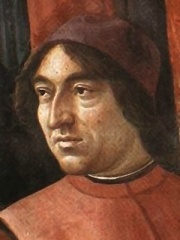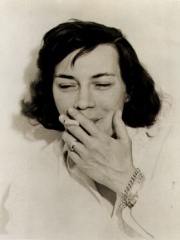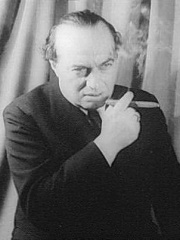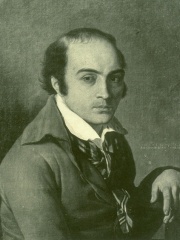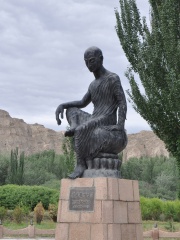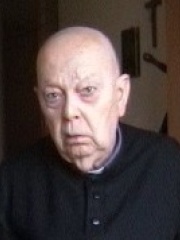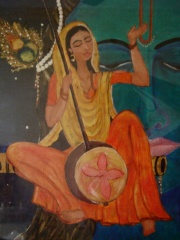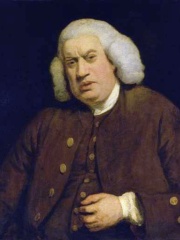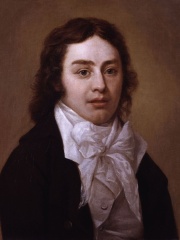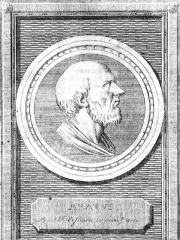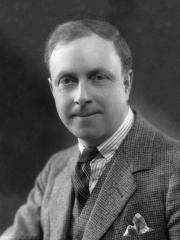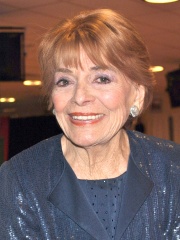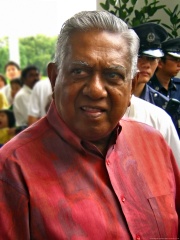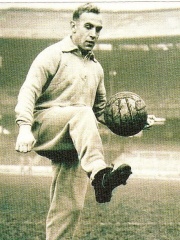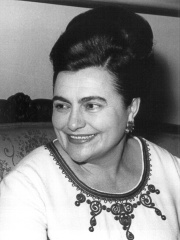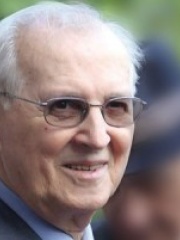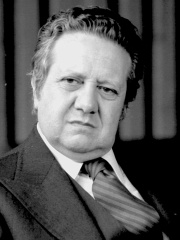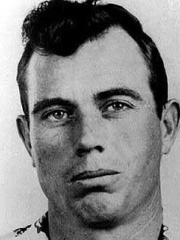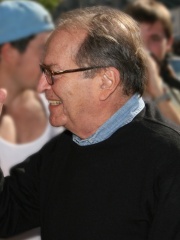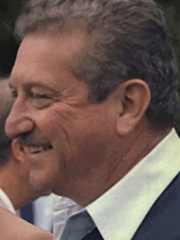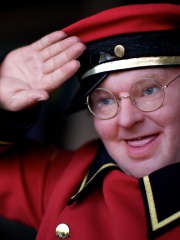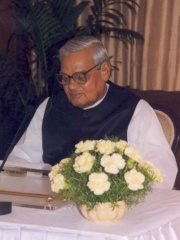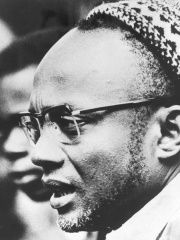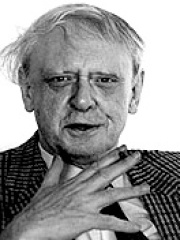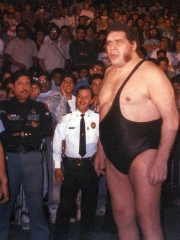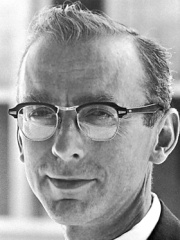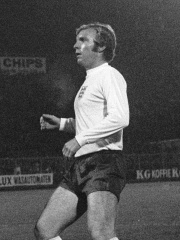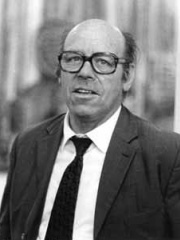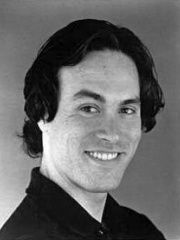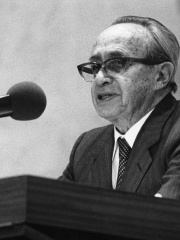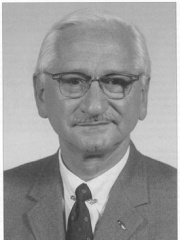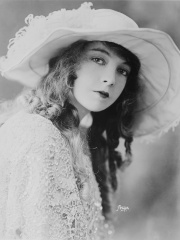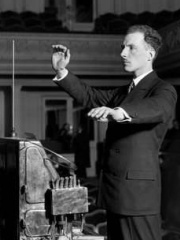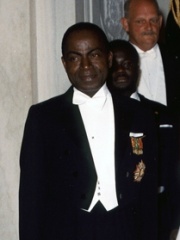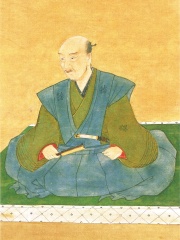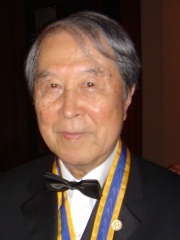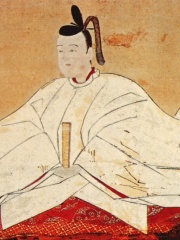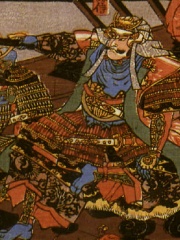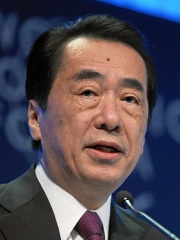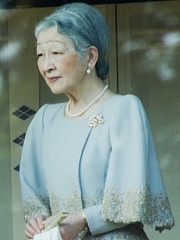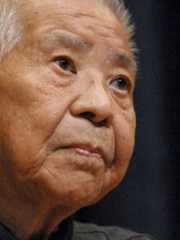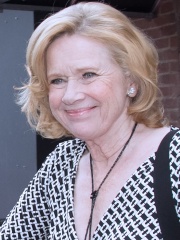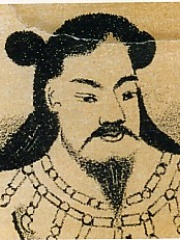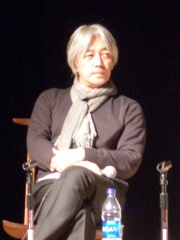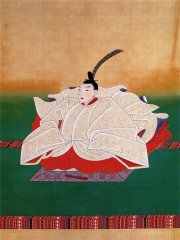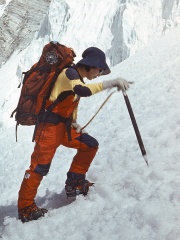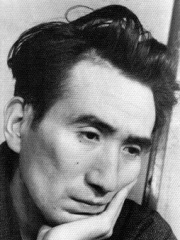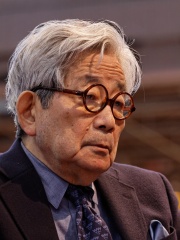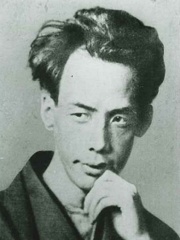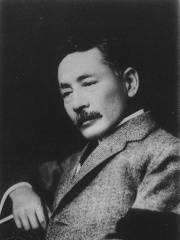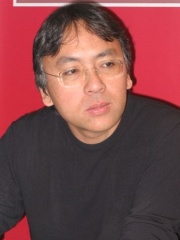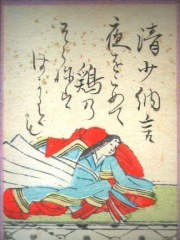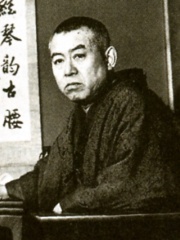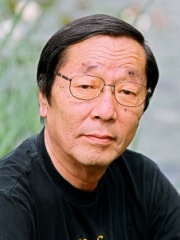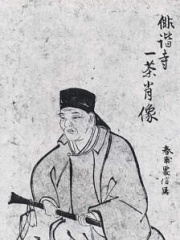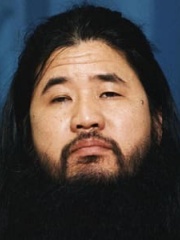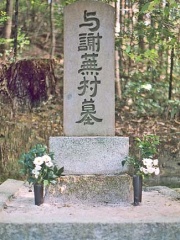WRITER
Kōbō Abe
1924 - 1993
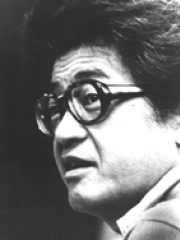
 Kōbō Abe
Kōbō Abe
Kimifusa Abe (安部 公房, Abe Kimifusa; March 7, 1924 – January 23, 1993), known by his pen name Kōbō Abe (安部 公房, Abe Kōbō), was a Japanese writer, playwright and director. His 1962 novel The Woman in the Dunes was made into an award-winning film by Hiroshi Teshigahara in 1964. Abe has often been compared to Franz Kafka for his modernist sensibilities and his surreal, often nightmarish explorations of individuals in contemporary society. He died aged 68 of heart failure in Tokyo after a brief illness. Read more on Wikipedia
His biography is available in 56 different languages on Wikipedia (up from 55 in 2024). Kōbō Abe is the 632nd most popular writer (up from 642nd in 2024), the 88th most popular biography from Japan (up from 91st in 2019) and the 13th most popular Japanese Writer.
Kōbō Abe is most famous for his novel "The Woman in the Dunes" which is about a man who becomes trapped in a sandpit with a woman and must dig away at the sand to survive.
Memorability Metrics
Page views of Kōbō Abe by language
Among WRITERS
Among writers, Kōbō Abe ranks 632 out of 7,302. Before him are Poliziano, Patricia Highsmith, Franz Werfel, André Chénier, Kumārajīva, and Gabriele Amorth. After him are Meera, Samuel Johnson, Samuel Taylor Coleridge, Aratus, A. J. Cronin, and Allen Ginsberg.
Most Popular Writers in Wikipedia
Go to all RankingsPoliziano
1454 - 1494
HPI: 71.34
Rank: 626
Patricia Highsmith
1921 - 1995
HPI: 71.31
Rank: 627
Franz Werfel
1890 - 1945
HPI: 71.31
Rank: 628
André Chénier
1762 - 1794
HPI: 71.30
Rank: 629
Kumārajīva
343 - 413
HPI: 71.30
Rank: 630
Gabriele Amorth
1925 - 2016
HPI: 71.25
Rank: 631
Kōbō Abe
1924 - 1993
HPI: 71.21
Rank: 632
Meera
1498 - 1546
HPI: 71.21
Rank: 633
Samuel Johnson
1709 - 1784
HPI: 71.21
Rank: 634
Samuel Taylor Coleridge
1772 - 1834
HPI: 71.21
Rank: 635
Aratus
315 BC - 240 BC
HPI: 71.21
Rank: 636
A. J. Cronin
1896 - 1981
HPI: 71.20
Rank: 637
Allen Ginsberg
1926 - 1997
HPI: 71.18
Rank: 638
Contemporaries
Among people born in 1924, Kōbō Abe ranks 32. Before him are Lys Assia, S. R. Nathan, Billy Wright, Jovanka Broz, Ramiz Alia, and Mário Soares. After him are J. D. Tippit, Sidney Lumet, Ezer Weizman, Benny Hill, Atal Bihari Vajpayee, and Amílcar Cabral. Among people deceased in 1993, Kōbō Abe ranks 22. Before him are Anthony Burgess, André the Giant, Robert W. Holley, Bobby Moore, Wolfgang Paul, and Brandon Lee. After him are Hans Jonas, Albert Sabin, Bill Bixby, Lillian Gish, Léon Theremin, and Félix Houphouët-Boigny.
Others Born in 1924
Go to all RankingsLys Assia
SINGER
1924 - 2018
HPI: 72.67
Rank: 26
S. R. Nathan
POLITICIAN
1924 - 2016
HPI: 72.59
Rank: 27
Billy Wright
SOCCER PLAYER
1924 - 1994
HPI: 72.03
Rank: 28
Jovanka Broz
POLITICIAN
1924 - 2013
HPI: 71.99
Rank: 29
Ramiz Alia
POLITICIAN
1924 - 2011
HPI: 71.80
Rank: 30
Mário Soares
POLITICIAN
1924 - 2017
HPI: 71.55
Rank: 31
Kōbō Abe
WRITER
1924 - 1993
HPI: 71.21
Rank: 32
J. D. Tippit
MILITARY PERSONNEL
1924 - 1963
HPI: 70.90
Rank: 33
Sidney Lumet
FILM DIRECTOR
1924 - 2011
HPI: 70.73
Rank: 34
Ezer Weizman
POLITICIAN
1924 - 2005
HPI: 70.70
Rank: 35
Benny Hill
ACTOR
1924 - 1992
HPI: 70.60
Rank: 36
Atal Bihari Vajpayee
POLITICIAN
1924 - 2018
HPI: 70.55
Rank: 37
Amílcar Cabral
SOCIAL ACTIVIST
1924 - 1973
HPI: 70.29
Rank: 38
Others Deceased in 1993
Go to all RankingsAnthony Burgess
WRITER
1917 - 1993
HPI: 72.02
Rank: 16
André the Giant
WRESTLER
1946 - 1993
HPI: 71.98
Rank: 17
Robert W. Holley
CHEMIST
1922 - 1993
HPI: 71.51
Rank: 18
Bobby Moore
SOCCER PLAYER
1941 - 1993
HPI: 71.39
Rank: 19
Wolfgang Paul
PHYSICIST
1913 - 1993
HPI: 71.27
Rank: 20
Brandon Lee
ACTOR
1965 - 1993
HPI: 71.24
Rank: 21
Kōbō Abe
WRITER
1924 - 1993
HPI: 71.21
Rank: 22
Hans Jonas
PHILOSOPHER
1903 - 1993
HPI: 71.09
Rank: 23
Albert Sabin
PHYSICIAN
1906 - 1993
HPI: 70.81
Rank: 24
Bill Bixby
ACTOR
1934 - 1993
HPI: 70.10
Rank: 25
Lillian Gish
ACTOR
1893 - 1993
HPI: 70.09
Rank: 26
Léon Theremin
INVENTOR
1896 - 1993
HPI: 70.06
Rank: 27
Félix Houphouët-Boigny
POLITICIAN
1905 - 1993
HPI: 69.56
Rank: 28
In Japan
Among people born in Japan, Kōbō Abe ranks 88 out of 6,245. Before him are Ishida Mitsunari (1559), Yoichiro Nambu (1921), Toyotomi Hideyori (1593), Uesugi Kenshin (1530), Naoto Kan (1946), and Empress Michiko (1934). After him are Tsutomu Yamaguchi (1916), Liv Ullmann (1938), Emperor Itoku (-553), Ryuichi Sakamoto (1952), Emperor Go-Momozono (1758), and Junko Tabei (1939).
Others born in Japan
Go to all RankingsIshida Mitsunari
MILITARY PERSONNEL
1559 - 1600
HPI: 71.42
Rank: 82
Yoichiro Nambu
PHYSICIST
1921 - 2015
HPI: 71.40
Rank: 83
Toyotomi Hideyori
MILITARY PERSONNEL
1593 - 1615
HPI: 71.30
Rank: 84
Uesugi Kenshin
POLITICIAN
1530 - 1578
HPI: 71.27
Rank: 85
Naoto Kan
POLITICIAN
1946 - Present
HPI: 71.22
Rank: 86
Empress Michiko
CELEBRITY
1934 - Present
HPI: 71.22
Rank: 87
Kōbō Abe
WRITER
1924 - 1993
HPI: 71.21
Rank: 88
Tsutomu Yamaguchi
ENGINEER
1916 - 2010
HPI: 71.16
Rank: 89
Liv Ullmann
ACTOR
1938 - Present
HPI: 71.12
Rank: 90
Emperor Itoku
POLITICIAN
553 BC - 477 BC
HPI: 71.04
Rank: 91
Ryuichi Sakamoto
COMPOSER
1952 - 2023
HPI: 71.04
Rank: 92
Emperor Go-Momozono
POLITICIAN
1758 - 1779
HPI: 70.98
Rank: 93
Junko Tabei
MOUNTAINEER
1939 - 2016
HPI: 70.97
Rank: 94
Among WRITERS In Japan
Among writers born in Japan, Kōbō Abe ranks 13. Before him are Osamu Dazai (1909), Kenzaburō Ōe (1935), Ryūnosuke Akutagawa (1892), Natsume Sōseki (1867), Kazuo Ishiguro (1954), and Sei Shōnagon (966). After him are Jun'ichirō Tanizaki (1886), Zeami Motokiyo (1363), Masaru Emoto (1943), Kobayashi Issa (1763), Shoko Asahara (1955), and Yosa Buson (1716).
Osamu Dazai
1909 - 1948
HPI: 76.80
Rank: 7
Kenzaburō Ōe
1935 - 2023
HPI: 76.20
Rank: 8
Ryūnosuke Akutagawa
1892 - 1927
HPI: 75.67
Rank: 9
Natsume Sōseki
1867 - 1916
HPI: 72.84
Rank: 10
Kazuo Ishiguro
1954 - Present
HPI: 71.66
Rank: 11
Sei Shōnagon
966 - 1025
HPI: 71.53
Rank: 12
Kōbō Abe
1924 - 1993
HPI: 71.21
Rank: 13
Jun'ichirō Tanizaki
1886 - 1965
HPI: 69.67
Rank: 14
Zeami Motokiyo
1363 - 1443
HPI: 69.44
Rank: 15
Masaru Emoto
1943 - 2014
HPI: 69.41
Rank: 16
Kobayashi Issa
1763 - 1828
HPI: 69.29
Rank: 17
Shoko Asahara
1955 - 2018
HPI: 68.89
Rank: 18
Yosa Buson
1716 - 1783
HPI: 68.07
Rank: 19
